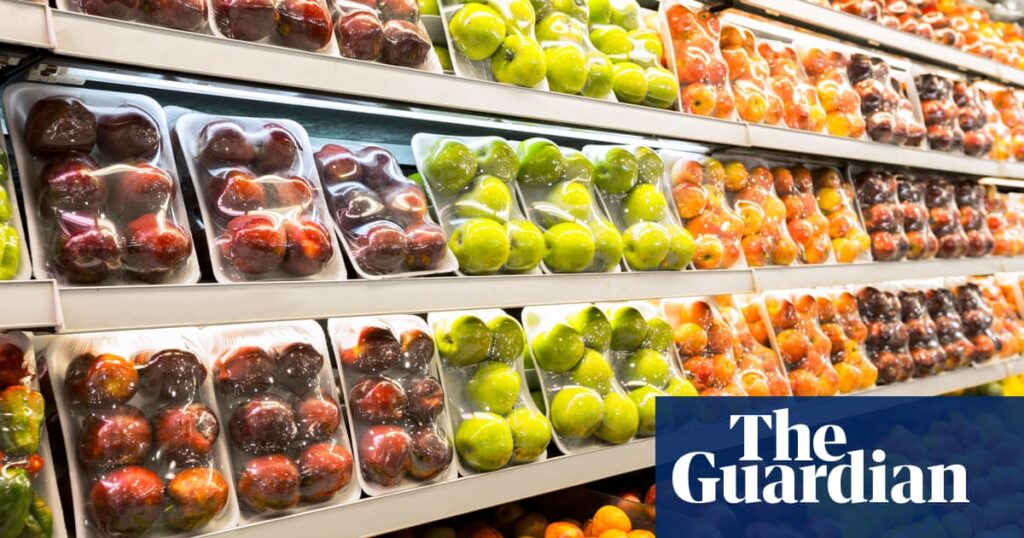More than 3,600 chemicals approved for food contact in packaging, kitchen utensils, or food processing equipment have been detected in humans, a new peer-reviewed study finds, adding to the list of largely unregulated toxic substances. The risk of exposure to
This chemical has been detected in human blood, hair, and breast milk. Among them are compounds known to be highly toxic, such as PFAS, bisphenols, metals, phthalates, and volatile organic compounds. Many are associated with cancer, hormonal disorders, and other serious health problems.
However, many other substances, such as synthetic antioxidants used as preservatives and oligomers that stabilize inks on packaging, are substances with very limited published toxicological profiles. The study authors say the knowledge gap highlights the need for further scrutiny of chemicals that come into contact with food.
“What is certainly concerning is that there is a strong association showing that some harmful chemicals migrate from packaging to food, so there is a contribution of exposure from packaging.” said study co-author Birgit Geueke of the Food Packaging Forum. , a Zurich-based non-profit organization that advocates for stronger regulation.
The study identified approximately 14,000 chemicals approved for food contact and searched databases and scientific literature for evidence of human accumulation of each chemical. This study does not suggest that food packaging is the only culprit, as humans are exposed to many chemicals in other scenarios as well.
One of the most harmful substances is plastic. Plastics are largely unregulated and can contain thousands of chemicals. Geueke said silicone and metal can coatings can also contain toxic or poorly studied compounds. Many paper and cardboard products were until recently treated with PFAS and may contain a layer of plastic.
Several factors can cause high rates of chemicals to leach into foods, including high temperatures, fat content, and acidity. The ratio of packaging to product is also important. Food in small containers is more likely to become contaminated.
In the United States, many chemicals are approved with limited testing under the U.S. Food and Drug Administration’s “Generally Regarded as Safe” regulations, which prohibit the use of chemicals for food contact. are allowed with little inspection by government agencies. Additionally, U.S. law does not require the FDA to consider new science after chemicals are allowed to come into contact with food.
This was a problem with chemicals such as PFAS and titanium dioxide, which were on the market for decades before being removed or further researched. Although the European Union has introduced stricter regulations for some chemicals, such as PFAS, “there is still a lot of room for improvement,” Geueke said.
Consumers can protect themselves by purchasing foods in glass bottles, which generally contain fewer chemicals. Some researchers working in this field say they bring their own glass containers to restaurants in case they want to pack leftovers. Geueke said removing food from store-bought plastic or to-go containers and placing it in glass bottles at home reduces the time it takes for chemicals to transfer from the packaging.
“But we can’t avoid[chemicals]completely,” Geueke said, adding that the solution is stronger regulation.



